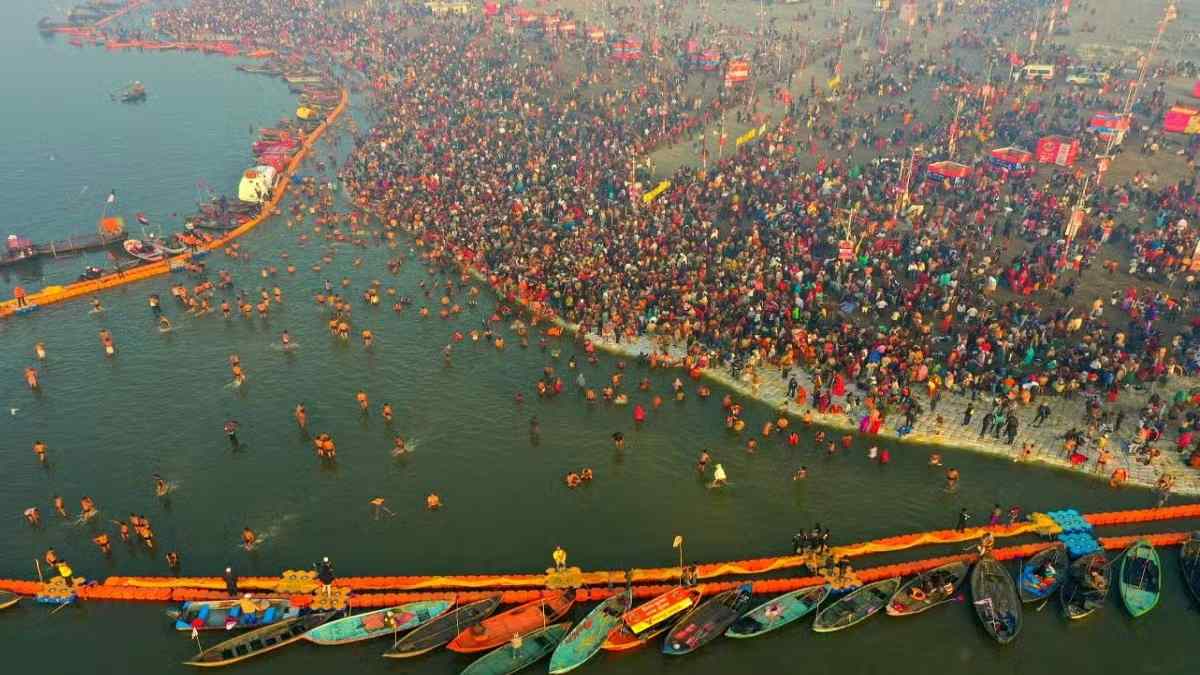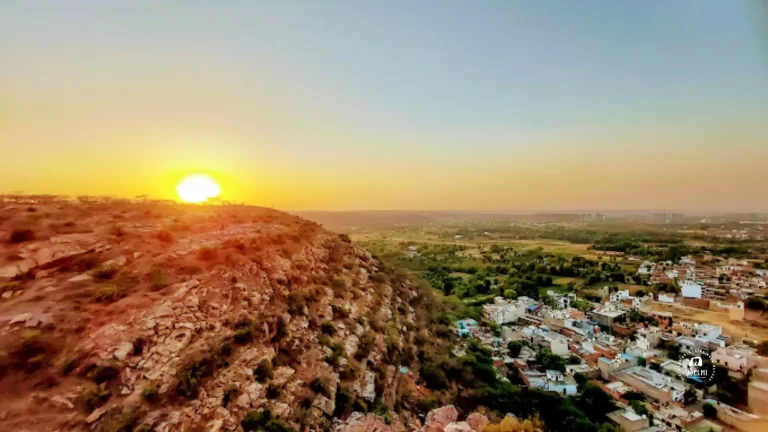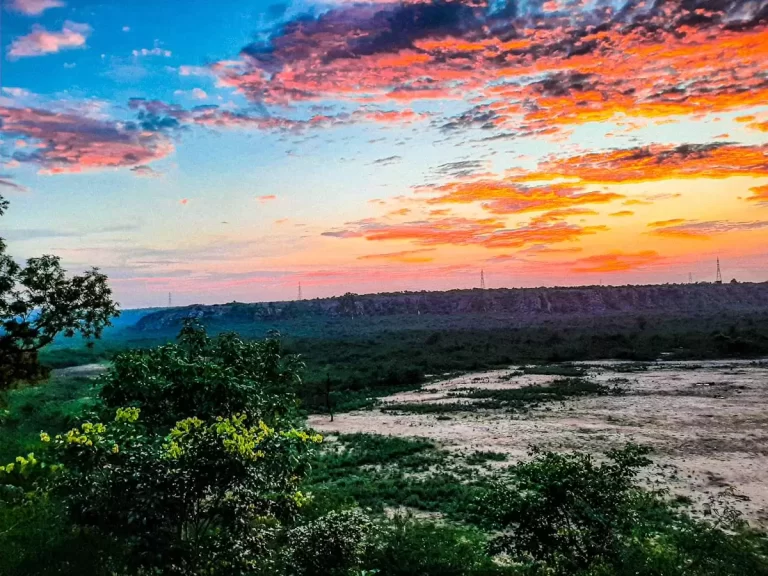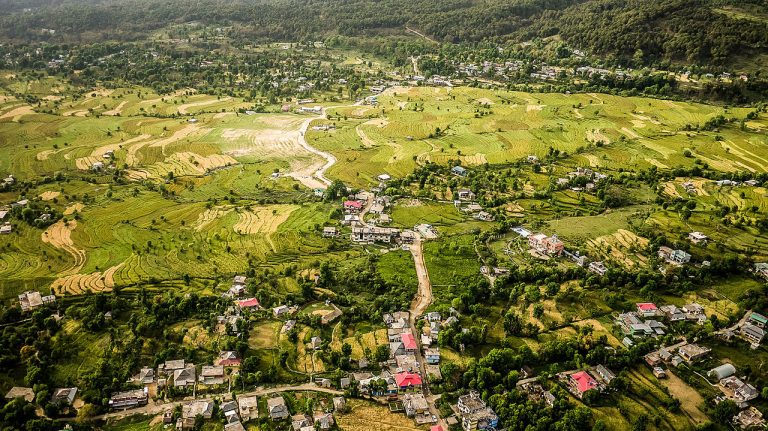The Mahakumbh Mela, the world’s largest human gathering, will take place in 2025. This once-in-12-years festival is a deep celebration of faith, spirituality, and culture. Millions of devotees, ascetics, and seekers from all over the world will congregate to bathe in the holy waters and immerse themselves in this unforgettable spiritual experience.
What is Mahakumbh Mela?
The ancient Hindu event known as the Mahakumbh Mela has a long history in India. According to a certain astrological cycle, it alternates between four holy locations: Prayagraj, Haridwar, Ujjain, and Nashik.
Each location is situated near the banks or harmony of sacred rivers of great religious importance, such as the Yamuna, Godavari, and Ganges. The Mahakumbh Mela is celebrated at Prayagraj every 12 years, making it the most significant among all Kumbh Melas.
Why is the Mahakumbh Celebrated?
The Mahakumbh Mela has its roots in Hindu mythology, namely in the tale of the Samudra Manthan. It is believed that during this divine event, a few drops of Amrit spilled at four locations, sanctifying them forever. The Mahakumbh is celebrated to honor this mythology, with pilgrims bathing in these waters to cleanse their sins and attain Moksha.
The celebration of Mahakumbh also represents the cyclical nature of life, as seen in its alignment with planetary movements. It is an expression of Hindu philosophy, which holds that dedication, rituals, and faith all work together to promote spiritual development.
The practice of bathing, or “Shahi Snan,” emphasizes the significance of humility and cleansing in reaching spiritual enlightenment by symbolizing the surrender of one’s ego and wants.
The Mahakumbh Mela is essentially about spiritual rebirth. Rituals are performed, holy teachings are heard, and pilgrims pray and meditate.
Numerous participants characterize the event as life-changing, developing a deep bond with the divine and their inner selves. The atmosphere of the Mela, which is full of positive thought and dedication, has an immense impact on everyone who attends.
Cultural Significance of Mahakumbh Mela
Furthermore, in addition to its spiritual significance, the Mahakumbh Mela is essential to the preservation of India’s rich cultural legacy. It includes traditional music, art, and rituals, acting as an umbrella for several cultures.
The event provides devotees with an opportunity to reconnect with their heritage and participate in customs that have endured over time.
A key cultural significance of the Mahakumbh is the inclusivity it offers.
People from all walks of life, regardless of caste, creed, or nationality, gather in unity, embodying the principle of “Vasudhaiva Kutumbakam” (the world is one family).
The sight of ascetics, sadhus, and yogis performing ancient rituals and engaging in profound meditative practices highlights the nation’s continuing spiritual traditions.
The Mahakumbh serves as a center for the sharing of knowledge as well. Saints, philosophers, and scholars participate in spiritual discourses, offering wisdom on topics ranging from Vedic scriptures to Contemporary issues.
Such gatherings ensure that traditional lessons stay relevant, preserving their fundamental essence while adjusting to modern demands.
Global Pilgrimage
The Mahakumbh Mela has become a worldwide pilgrimage in an age of globalization. Beyond national and cultural borders, pilgrims and spiritual seekers go from all over the world to the sacred grounds.
The Mahakumbh serves as a gathering place for people with different viewpoints, fostering an atmosphere that encourages idea sharing and the advancement of world spiritual peace.
The Mahakumbh Mela is more than just a religious gathering, it is a celebration of the continuing strength of spirituality, unity, and culture. As millions prepare to gather in Prayagraj, the festival serves as a reminder of humanity’s common spiritual heritage.






